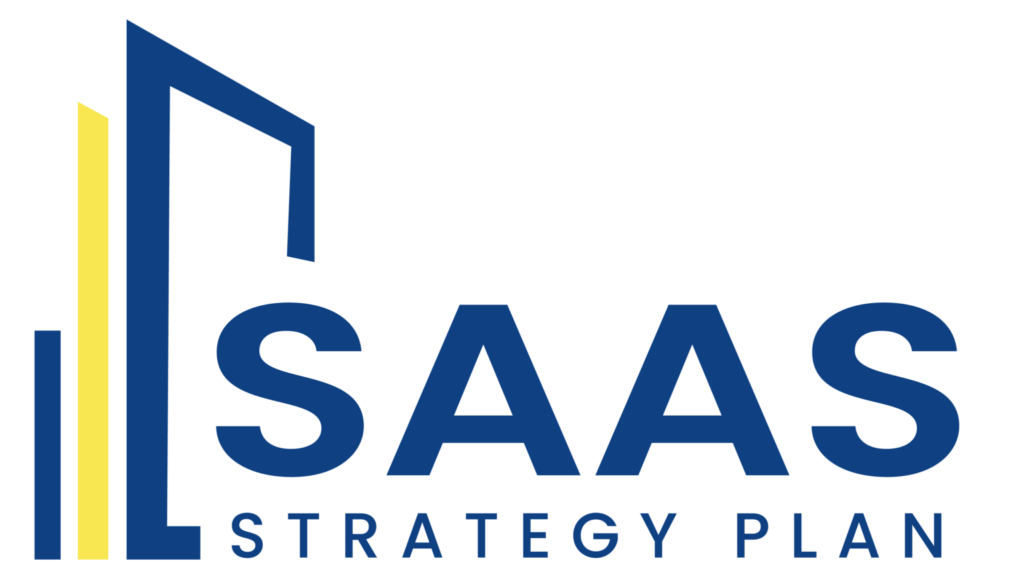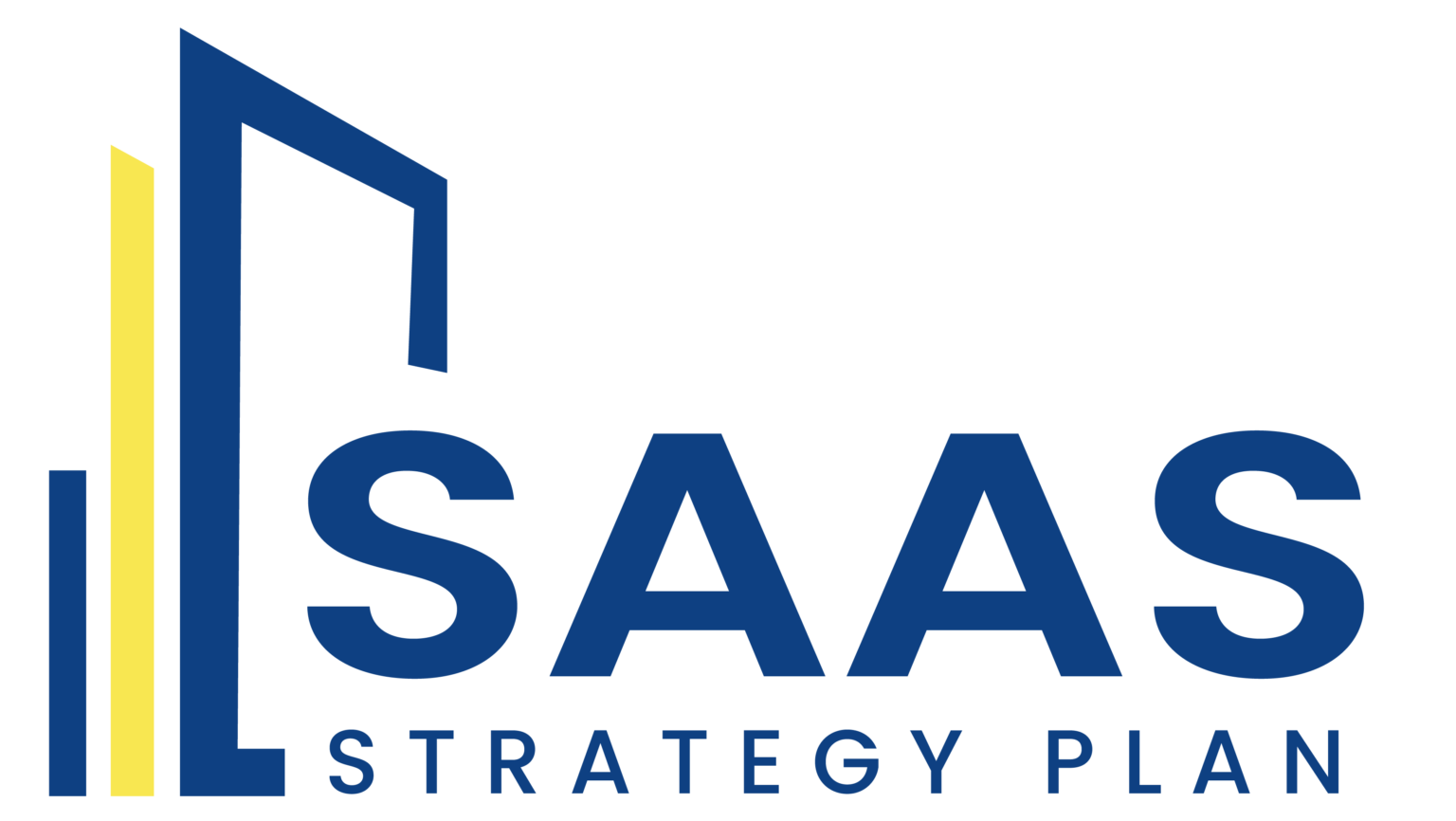When you’re building a SaaS product, one of the key decisions you’ll face is whether to develop it for multiple platforms. Cross-platform SaaS development can open the doors to a wider audience, but it also comes with its own set of challenges. From technical complexities to user experience issues, I’m going to walk you through some of the biggest obstacles you might encounter and how to navigate them.
1.Platform-Specific Constraints
One of the first challenges you’ll face is the unique requirements of each platform. Whether you’re developing for web, mobile, or desktop, each has its own limitations, design patterns, and performance expectations. For example, mobile apps often require different user interface (UI) and user experience (UX) considerations compared to web apps. Trying to create a uniform experience across all platforms without sacrificing performance or usability can be tricky.
What helps here is understanding the nuances of each platform early on. If you account for the constraints from the beginning, you can make more informed decisions about which features and functionalities to prioritize.
2.Codebase Maintenance
With cross-platform development, maintaining a clean, efficient codebase becomes more difficult. You may decide to use frameworks like React Native or Flutter, which allow for a shared codebase between web and mobile apps. While these can save you time, they also come with the trade-off of potential bugs that affect one platform but not the other.
You’ll need a clear plan for version control, testing, and deployment across multiple platforms to keep everything running smoothly. The more platforms you support, the more testing you need to ensure each version works as expected.
3.Performance Optimization
Not all platforms handle SaaS applications the same way. Web apps may struggle with performance issues that aren’t as pronounced on native mobile apps. You’ll also run into cases where features that work great on one platform (like notifications or file handling) may not be as fluid on another.
You need to think about optimizing performance for each platform separately. Caching, server-side rendering, and efficient use of APIs are just a few techniques to help ensure your SaaS performs well across the board. But it does require extra time and testing to get it right.
4.Design Consistency vs. Adaptability
Cross-platform development challenges you to find the balance between consistency and adaptability. You want users to have a cohesive experience, regardless of which platform they’re using, but each platform also has its own design conventions.
For example, a navigation style that works well on mobile might not translate effectively to a desktop application. You need to be flexible with your design to make sure it feels native to the platform without straying too far from your brand’s identity.
5.User Expectations and Experience
The people using your SaaS product have different expectations depending on the device they’re on. Mobile users may expect a more streamlined experience with quicker access to core features, while desktop users might want advanced functionalities with a more detailed interface.
It’s essential to adapt to these expectations without compromising the overall user experience. You can’t just port your desktop app to mobile or vice versa—you need to think about how users interact with each device and design accordingly.
Testing becomes significantly more complex when you’re dealing with multiple platforms. Bugs and issues that might only appear on one platform can be harder to catch, and fixing those can require platform-specific solutions. This means you’ll need robust testing processes in place for each platform, including automated tests, manual tests, and user acceptance tests.
Keeping up with updates and changes from platform providers (like iOS or Android) also adds to the complexity, as you’ll need to ensure compatibility with the latest versions.
7.Security Concerns
Security is always a top priority in SaaS development, but it becomes even more important when you’re dealing with multiple platforms. Each platform has its own vulnerabilities, and securing data across all of them can be a challenge.
You’ll need to implement strong encryption, secure APIs, and regular security updates to protect user data on every platform. It’s also important to stay informed about the latest security threats specific to each platform so you can respond quickly when necessary.
8.Data Synchronization and Consistency
When users switch between platforms—say, from a mobile app to a web app—they expect their data to stay consistent. But ensuring real-time data synchronization across multiple platforms is no small task. Inconsistencies in data can lead to frustrated users, especially if important information is lost or incorrectly synced.
To solve this, you need robust backend systems that handle real-time updates and syncs seamlessly. Many SaaS companies rely on cloud-based databases with real-time synchronization capabilities, but even then, it’s important to account for potential issues like network interruptions or latency that can impact how smoothly your platforms sync data.
9.Handling Native Features
Each platform comes with its own set of native features—whether it’s push notifications, camera access, or offline capabilities. Trying to incorporate these features while maintaining cross-platform consistency can be difficult.
For example, mobile platforms like iOS and Android have different ways of handling permissions and notifications, while desktop applications may have specific requirements for accessing local storage or files. You’ll need to build custom solutions to manage these native features for each platform, which adds extra complexity to your development process.
Another challenge in cross-platform SaaS development is managing third-party integrations. Your SaaS application may need to integrate with other tools and services, such as payment gateways, analytics platforms, or CRM systems. However, not all integrations behave the same way across different platforms.
For instance, integrating with a payment gateway on a mobile app could involve in-app purchases or mobile-specific APIs, while the same integration on a web app might rely on different security protocols or API calls. It’s essential to ensure that all third-party integrations are thoroughly tested on each platform to avoid issues during usage.
11.Compliance and Legal Considerations
Operating a SaaS product across platforms means dealing with different regulations, especially when users come from different regions. Each platform may require its own legal compliance, whether it’s data privacy laws like GDPR, CCPA, or platform-specific guidelines like Apple’s App Store or Google Play policies.
Ensuring that your app complies with the legal standards for each platform adds yet another layer of complexity. You’ll need to stay updated on the latest legal requirements for all platforms and make sure your product aligns with them, or risk penalties, removal from app stores, or worse—loss of user trust.
Conclusion
Developing a cross-platform SaaS product is a balancing act. You’re juggling the demands of different platforms, trying to maintain a consistent experience while optimizing for each one’s unique features. It’s a complex process, but with careful planning, strong testing practices, and a clear understanding of platform-specific needs, you can build a product that thrives across the board.
You’ll need to invest more time upfront to iron out these challenges, but the payoff is a wider audience and a more versatile product. So, if you’re ready to tackle these obstacles head-on, cross-platform SaaS development could be the key to your next big success.


